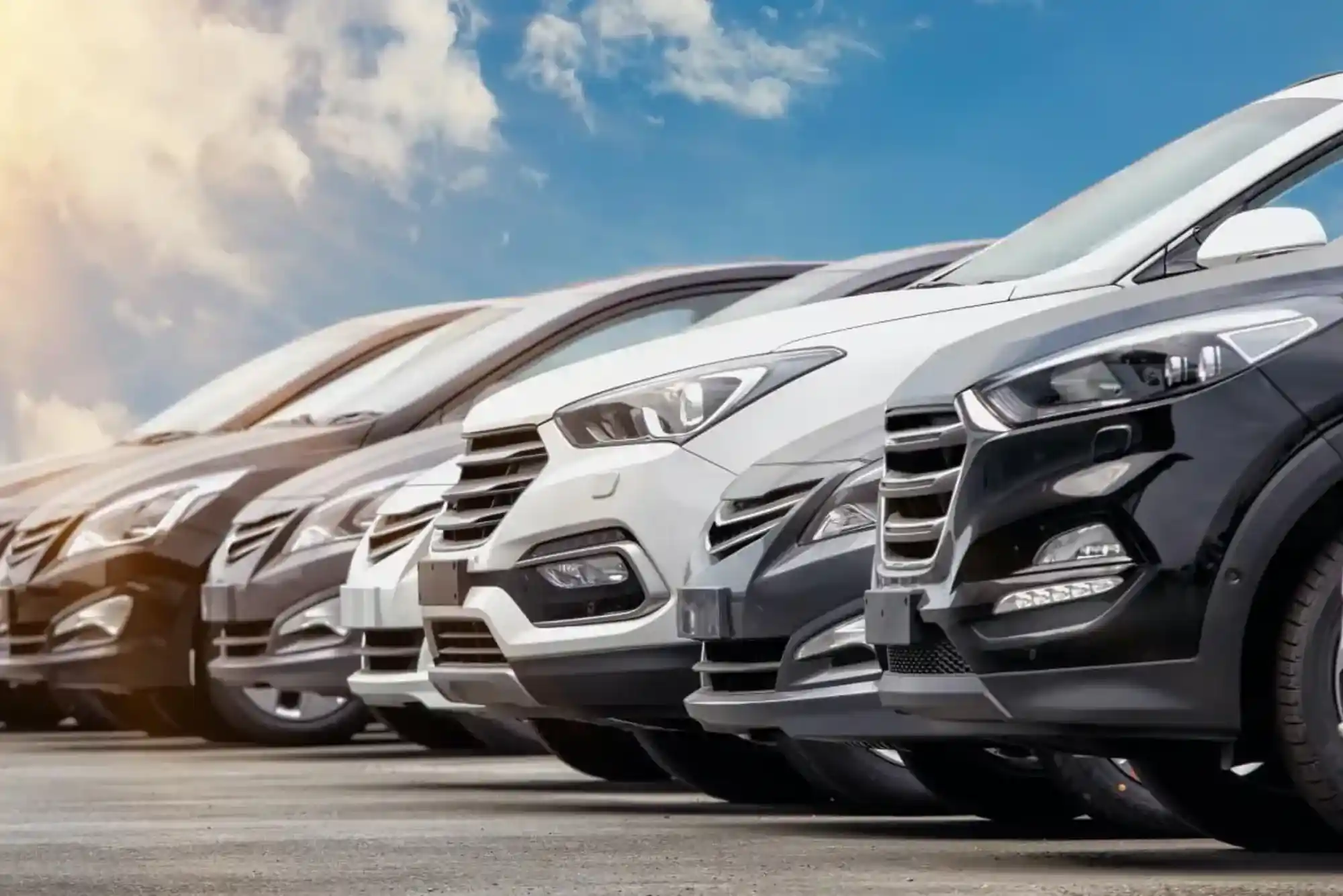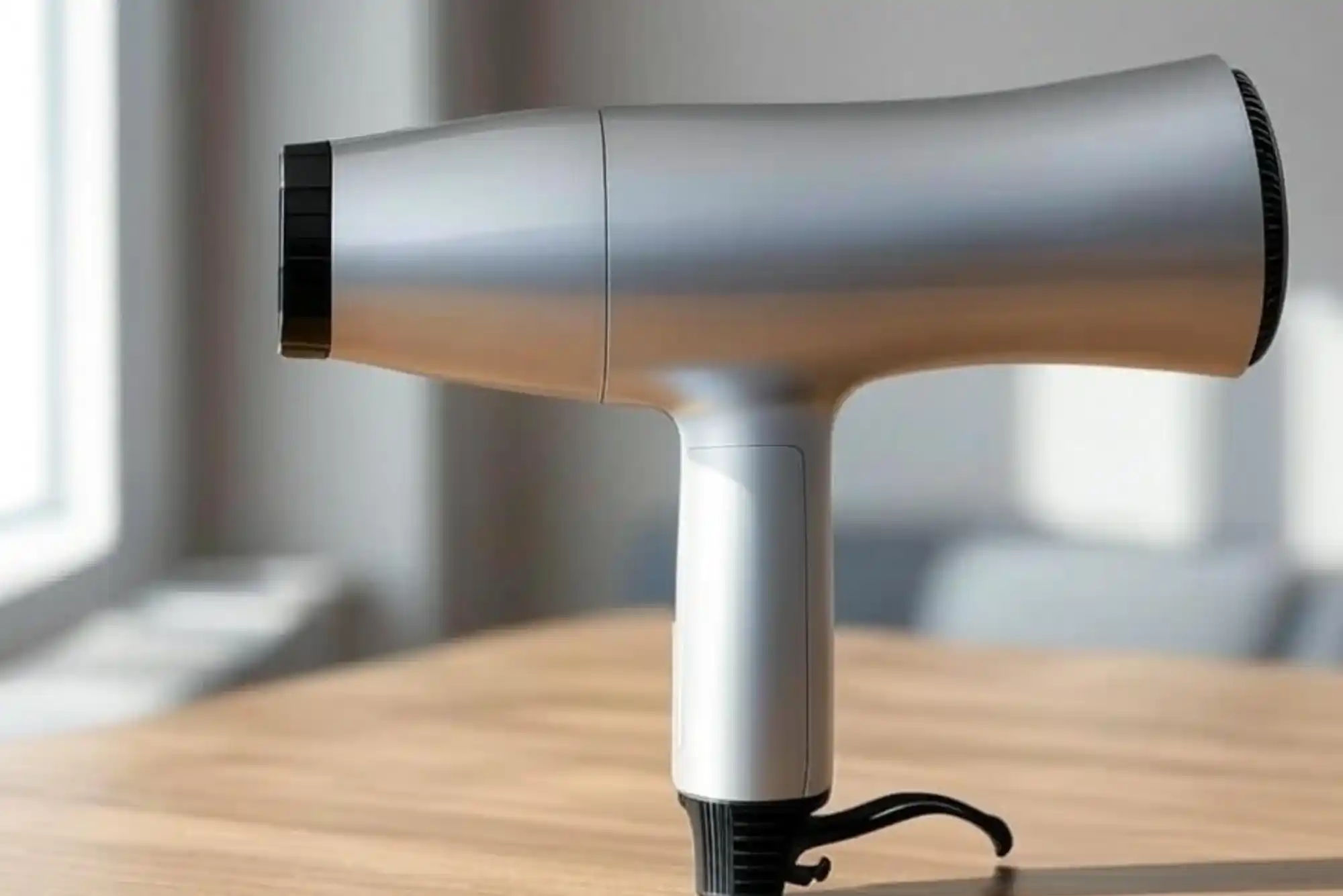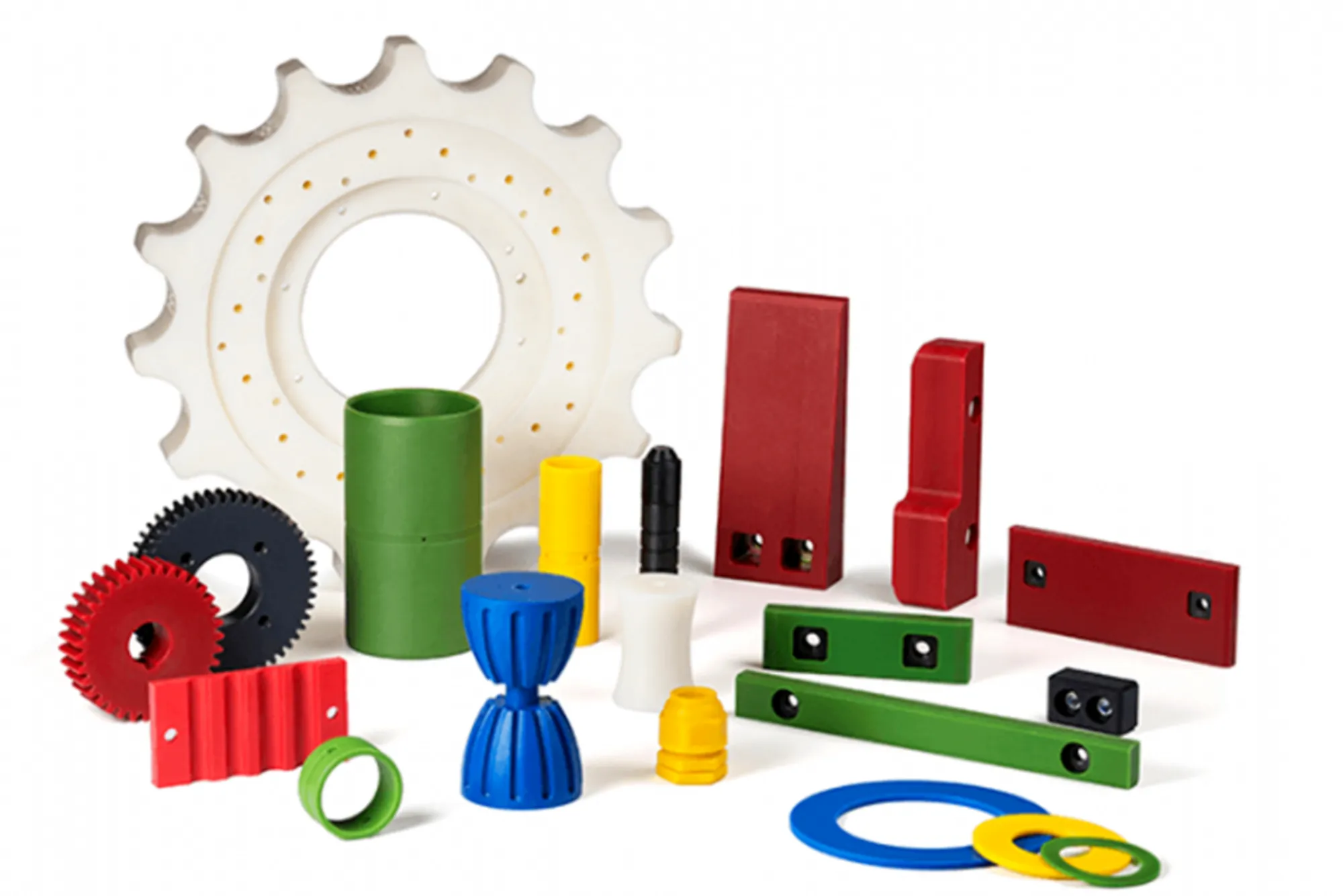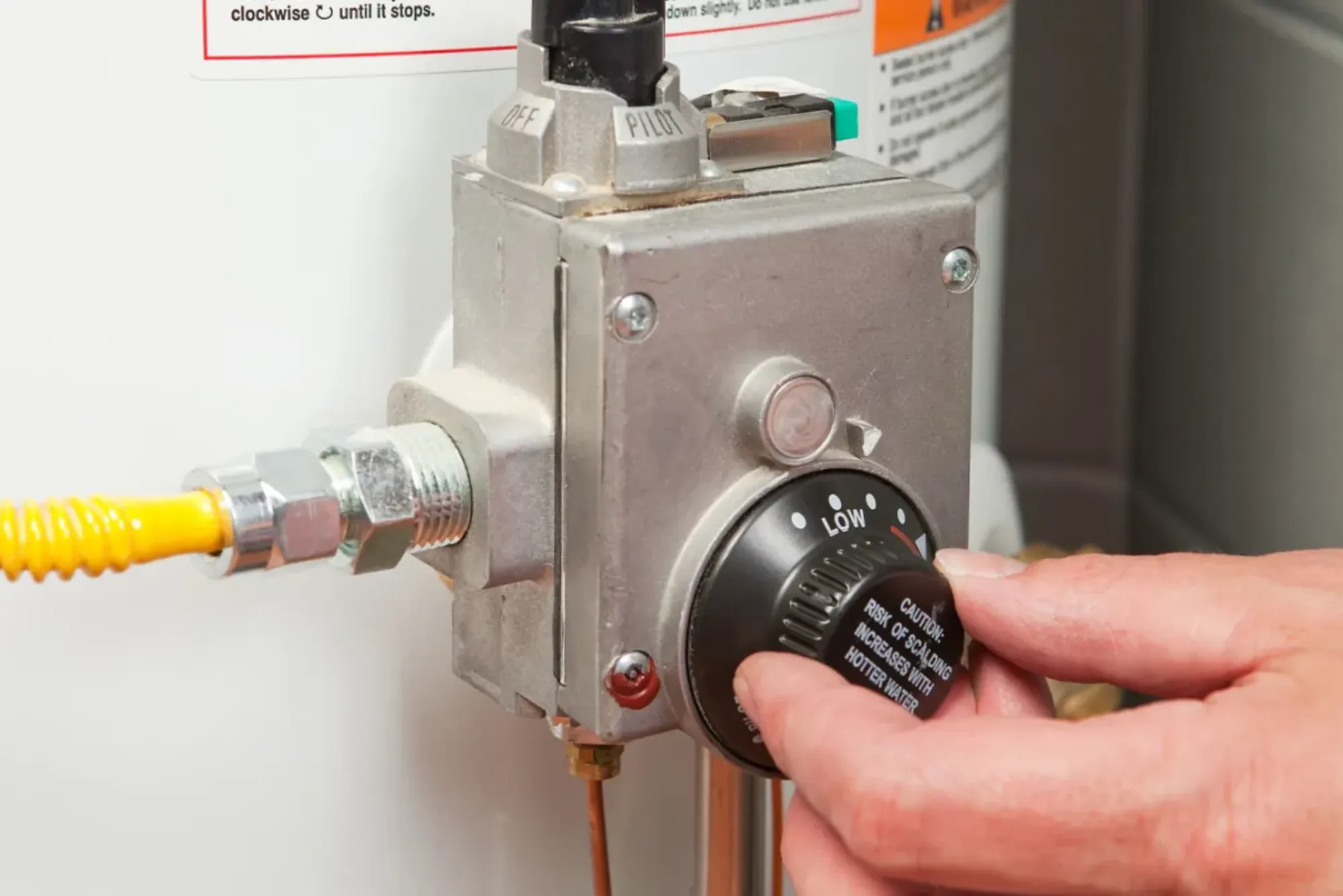As your vehicle reaches the milestone of 100,000 miles, it’s an important juncture that signals the need for regular maintenance and potential replacements. With proper care and attention, you can ensure that your car remains reliable, safe, and efficient for years to come. Below, we explore the essential steps, parts, and considerations for maintaining a vehicle after 100,000 miles.
Why 100K Miles Matters

Reaching 100,000 miles is a significant milestone for any vehicle. Over time, components wear down, and systems experience wear and tear, making routine maintenance more crucial than ever. While cars are built to handle high mileage, preventive measures are necessary to avoid costly repairs and ensure the longevity of your vehicle.
What to Get to Your Car After 100K Miles
1. Engine and Performance
The engine is the heart of your vehicle, and maintaining its optimal performance is critical. After 100,000 miles, it’s essential to ensure that your engine is in good health. This includes:
- Oil Change: Regular oil changes every 5,000 to 7,500 miles ensure that your engine stays lubricated and free of contaminants.
- Timing Belt Replacement: Most vehicles require a timing belt replacement between 60,000 and 100,000 miles. After this milestone, inspect and replace it as needed.
- Cooling System Maintenance: Over time, your coolant can degrade, leading to engine overheating. Flush and replace coolant, inspect hoses, and ensure the radiator is in good working condition.
2. Transmission Maintenance
Transmission issues are a common concern for vehicles with high mileage. Ensure your transmission is functioning properly by:
- Transmission Fluid Change: Old or dirty transmission fluid can cause gear shifting problems. Replace it every 50,000 to 100,000 miles.
- Fluid Flush and Filter Replacement: These components keep your transmission running smoothly and efficiently.
3. Brakes
Brakes wear out faster as the miles accumulate. Maintaining your braking system after 100K miles includes:
- Brake Pads and Rotors: Check for signs of wear and tear. Replacing them can improve braking performance and safety.
- Brake Fluid: Old brake fluid can reduce braking efficiency. Flush and replace it to maintain optimal braking power.
4. Suspension and Steering
Suspension components and steering systems face added strain with high mileage. Some key items to check:
- Shocks and Struts: Worn shocks and struts can lead to a bumpy ride and decreased handling. Inspect and replace them as needed.
- Ball Joints and Tie Rods: Ensure these components are not worn out, as they impact steering stability.
5. Electrical and Cooling Systems
Electrical components and cooling systems also require attention after 100,000 miles:
- Battery Replacement: A car battery typically lasts between 3 to 5 years, but after 100K miles, it may start showing signs of weakness.
- Alternator and Starter Inspection: Regular inspection ensures that these components continue to support your vehicle’s electrical needs.
- Air Conditioning System: With extended use, the AC system may need recharging or repair. Ensure the compressor and refrigerant are functioning optimally.
6. Tires
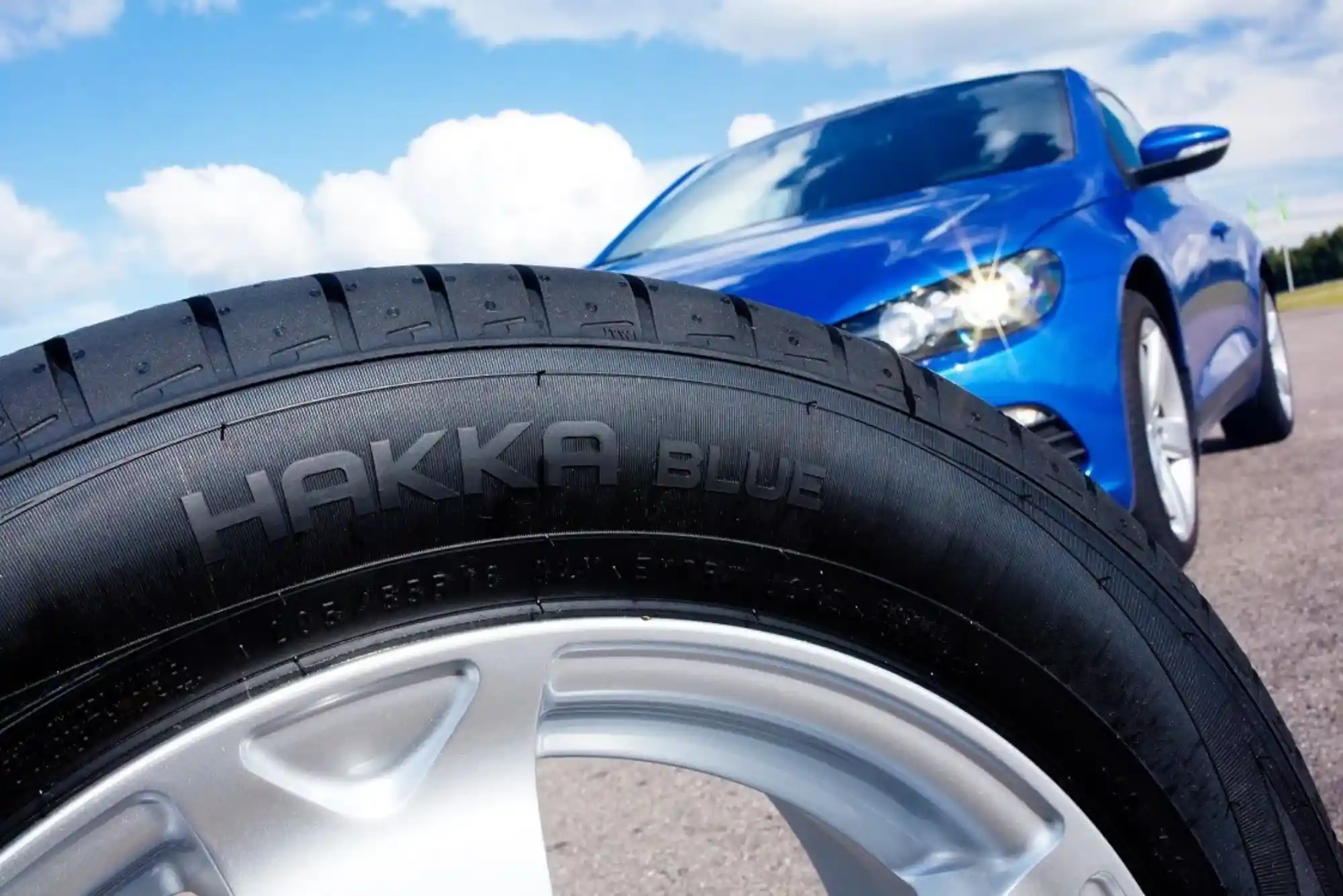
High mileage takes a toll on your tires. After 100,000 miles, ensure they’re safe and provide optimal performance:
- Tire Rotation: Rotate tires regularly to ensure even wear.
- Alignment and Balance: Misalignment can cause uneven tire wear and affect handling. Get the alignment checked post 100K miles.
- Replacement: Depending on tread wear, consider replacing tires with newer models.
7. Exhaust System
The exhaust system can degrade over time, especially with high mileage. Look out for the following:
- Muffler and Pipes: Inspect for corrosion, leaks, or damage. Repair or replace if necessary to maintain emissions standards and fuel efficiency.
8. Fluid Checks and Maintenance
Apart from engine oil, several other fluids need attention:
- Power Steering Fluid: Regularly check for leaks and flush if necessary.
- Differential Fluid: Rear-wheel and all-wheel drive vehicles require differential fluid replacement around this milestone.
- Windshield Washer Fluid and Wipers: Ensure these are functional for safe driving, especially in challenging weather conditions.
Key Maintenance for Your Car After 100K Miles
Car after 100K miles, your vehicle reaches a critical milestone where regular maintenance becomes essential to ensure its longevity and performance. At this point, several components, such as the engine, brakes, transmission, tires, and suspension, require attention. Regular inspections and timely replacements of these key systems help maintain the safety, efficiency, and overall reliability of your car. Focusing on what to get to your car after 100K miles ensures that your vehicle continues to serve you smoothly for years to come.
Preventive Maintenance Table After 100K Miles
| Component | Maintenance | When to Check/Replace |
|---|---|---|
| Engine Oil | Change oil and filter | Every 5,000 to 7,500 miles |
| Timing Belt | Replace if needed | Between 60,000 to 100,000 miles |
| Transmission Fluid | Flush and replace | Every 50,000 to 100,000 miles |
| Brakes | Inspect pads, rotors, and fluid | Every 30,000 to 50,000 miles |
| Shocks/Struts | Inspect and replace if worn out | Every 60,000 to 80,000 miles |
| Battery | Check for wear and replace | Every 3 to 5 years or 100,000 miles |
| Tires | Rotate, align, and replace as needed | Every 30,000 to 50,000 miles |
| Cooling System | Flush and replace coolant | Every 60,000 to 100,000 miles |
After reaching 100,000 miles, your car requires more detailed attention to ensure its long-term health and performance. By maintaining key components such as the engine, brakes, suspension, tires, and electrical systems, you can extend the lifespan of your vehicle and ensure a smooth driving experience. Regular inspections and timely replacements are crucial for keeping your car reliable and safe.
What to Get to Your Car After 100K Miles: Reviews
- John D.
After reaching 100K miles, I followed the maintenance tips provided in this guide. Regular oil changes, transmission fluid replacements, and brake inspections have kept my car running smoothly. Highly recommended for anyone looking to extend their vehicle’s lifespan! - Sarah L.
I wasn’t sure what to expect when my car hit 100K miles, but this article made everything clear. Following the suggested maintenance helped prevent costly repairs and ensured my car remains safe on the road. A valuable resource for car owners! - Mike R.
This guide is a must-read for anyone past the 100K mile mark. The breakdown of maintenance tasks—like timing belt replacement and suspension checks—gave me confidence in my car’s performance. Worth the effort to maintain every system properly! - Emily S.
After my car hit 100,000 miles, I followed the detailed steps outlined in this article. Regular inspections and fluid changes have kept my vehicle running like new. Great advice for anyone looking to avoid major repairs later on. - David T.
I found this article very informative. Following the maintenance tips has helped me catch small issues early, which would have otherwise turned into expensive repairs. Highly recommend it for anyone maintaining a high-mileage car!

